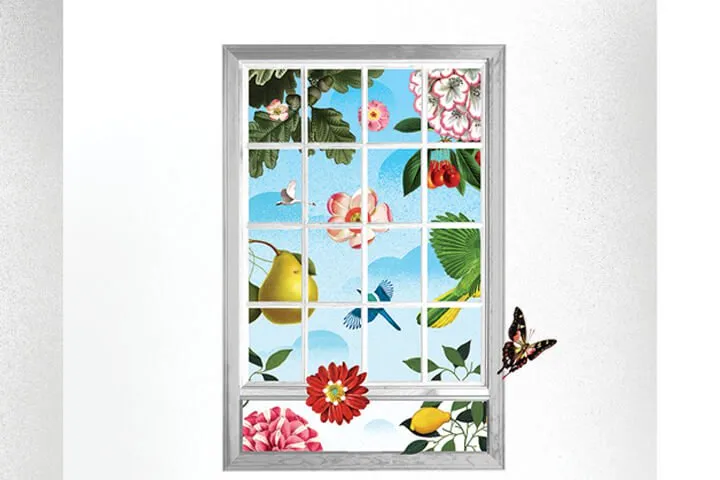Colorful garments, ornate stitching, gold and precious stones—the priests of ancient Israel were dressed in a manner we might find surprisingly showy, especially if we assume it’s “holy” or “spiritual” to disregard personal appearance. But God Himself determined the priestly wardrobe and commanded that His designs be carried out in detail. His orders have profound meaning for us today, when they can be understood in relation to the New Covenant.
 Illustration by Vincent Mahé
Illustration by Vincent Mahé
BACKGROUND
As the new Hebrew nation traveled through Sinai, the Lord was teaching them to worship, know, and love Him as their God. He had given instructions on how to build the altar and tabernacle where they would come before Him. Then, God told Moses how the priests who minister in the tabernacle were to be clothed.
READ
Exodus 28:1-43
REFLECT
How does a perfect God both comfort us and demand our respect?
The priests served God on behalf of His people. Their sacred work of offering sacrifices and making atonement for sin was carried out in view of both the Lord and the Israelites. What do you think God meant, then, when He said their priestly garments were “for glory and for beauty” (v. 2)? Whose glory? And why was beauty important? Consider the clothing’s effect on wearer and observer, and how it might contribute to, or display, respect for a holy God.
The garments had to be made by “skillful people whom [God] endowed with the spirit of wisdom.” Why was skill alone insufficient? What do verses 2-4 tell you about the relationship between holiness, beauty, skill, and wisdom?
The Lord gave detailed instructions for making the ephod (vv. 6-14), breastpiece (vv. 15-30), robe (vv. 31-35), and forehead plate (vv. 36-38). For each item, identify something practical in His design, as well as something purely decorative. What does God’s inclusion of both elements tell you about His nature and priorities?
He then gave specifications for the tunic, turban, sash, cap, and undergarments (vv. 39-42). How do these articles show God’s concern for both the modesty and comfort of His servants?
CONTINUING THE STORY
In Moses’ time, only Aaron and his lineage could serve as priests, interceding for the people before God. But now, believers in Christ are cleansed in His perfect blood and are each part of His priesthood.
The Israelite priesthood was a forerunner of the body of Christ, whom the apostle Peter calls “a royal priesthood” (1 Pet. 2:9). With that in mind, read Galatians 3:26-27. How do these verses describe a perfecting of the priestly clothing requirements in Exodus 28?
In light of your status as a believer, reconsider the garments God described to Moses. In what ways do you reflect to others—and to yourself as the “wearer”—an outfit that’s “holy” and “for glory and for beauty” (v. 2)? As one “clothed” with Christ (Rom. 13:14 NIV), pray about how to make your walk more consistent with Him.
Besides relating to glory, beauty, skill, wisdom, and practicality, Aaron’s garments also bore reminders of: God’s people (the tribes’ names); His will (the Urim and Thummim); danger and risk (the bells); judgment (the breastpiece); and consecration. Can you associate one of these ideas with an aspect of your life in Christ?
REFLECT
Putting on Jesus (Rom. 13:14) begins our transformation into His perfect likeness.
The Aaronic priesthood wore elaborate clothing made from earthly materials. Today, regardless of the fabric or decorations, we’re always clothed in the spiritual perfection of Jesus Christ, our precious Lord and Savior.





